The beauty industry is undergoing a quiet revolution as consumers increasingly demand products that align with their ethical and environmental values. Among these shifts, the emergence of a new standard for vegan nail polish – formulated with edible ingredients and designed to naturally shed within 48 hours – is capturing attention. This innovation challenges conventional notions of long-wear polish while addressing growing concerns about chemical exposure and waste.
At the heart of this movement lies a simple yet radical idea: what if nail polish could be both beautiful and benign? Traditional formulas often contain toxic chemicals like formaldehyde, toluene, and dibutyl phthalate (DBP) – a cocktail of ingredients that has raised health concerns among dermatologists and environmentalists alike. The new edible formulations replace these synthetics with food-grade pigments, plant-based resins, and nutrient-rich oils that wouldn't look out of place in a kitchen pantry.
The 48-hour wear proposition represents a fundamental rethinking of nail care aesthetics. Where the beauty industry has traditionally prized longevity above all else – with gel manicures lasting weeks and standard polishes days – these vegan alternatives embrace impermanence. The polish naturally flakes off without requiring harsh acetone removers, significantly reducing chemical exposure and plastic waste from cotton pads and single-use wipes.
Food scientists working with cosmetic chemists have developed binding agents from unexpected sources. Citrus peels, algae extracts, and even certain root vegetables provide the adhesion needed for short-term wear. The formulas achieve surprising durability during their intended lifespan while breaking down predictably when exposed to water and natural oils. This controlled degradation mirrors the body's own processes, creating what developers call "biomimetic beauty."
Color innovation in this space has required completely reimagining pigment sources. Traditional nail polish relies heavily on synthetic dyes and mineral pigments, many of which carry toxicity concerns. The new edible versions utilize fruit and vegetable concentrates, spirulina algae, and even certain edible clays to create vibrant hues. While the color palette remains somewhat limited compared to conventional polishes, developers are rapidly expanding options through novel food-grade colorants.
The environmental implications extend beyond formulation. By designing products meant to shed naturally, the entire removal process – with its associated waste and chemical runoff – is eliminated. Early lifecycle analyses suggest these polishes could reduce the environmental impact of nail care by as much as 60% when considering the full product journey from manufacture to disposal.
Critics initially questioned whether edible polishes could deliver satisfactory performance. However, advanced formulations now offer comparable shine and application experience to traditional polishes during their shorter wear window. The quick-drying nature of many plant-based resins actually provides an application advantage, with smudging being less common than with conventional formulas.
Regulatory challenges have emerged as agencies struggle to categorize these hybrid products. Falling somewhere between cosmetics and food items, the polishes have prompted discussions about new classification standards. Several countries are considering special labeling requirements that would acknowledge both their edible ingredients and cosmetic purpose without creating consumer confusion.
The psychological impact of temporary beauty is another fascinating aspect of this trend. Early adopters report enjoying the ritual of frequent reapplication and the freedom from perfect, unchanging manicures. This aligns with broader cultural shifts toward mindfulness and present-moment awareness in self-care practices.
Manufacturing these polishes presents unique challenges. Facilities must meet both cosmetic and food production standards, requiring specialized equipment and protocols. The need for refrigeration of certain organic ingredients has led to innovative cold-chain distribution models in the beauty sector. These logistical hurdles contribute to higher price points currently limiting mass adoption.
Looking ahead, researchers are exploring how this technology might extend beyond nail polish. Preliminary work has begun on edible lip colors and temporary hair dyes using similar principles. The success of the 48-hour nail polish suggests consumers are ready to reconsider longstanding assumptions about beauty product performance in exchange for safer, more sustainable options.
As the market for these products grows, traditional beauty giants are taking notice. Several major brands have quietly acquired startups specializing in edible cosmetics, while others are racing to develop their own versions. This corporate interest promises to accelerate innovation and potentially bring prices down through economies of scale.
The rise of edible, temporary nail polish reflects deeper changes in how we conceptualize beauty. In an era of climate consciousness and ingredient transparency, the notion that safer can also be beautiful – even if less permanent – is gaining powerful traction. What began as a niche concern among environmentally aware consumers is rapidly becoming a significant market force reshaping an entire industry segment.

By /Jul 24, 2025

By /Jul 24, 2025
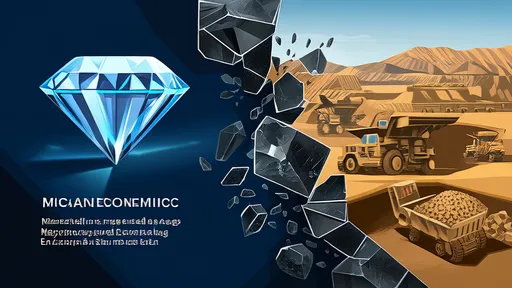
By /Jul 24, 2025

By /Jul 24, 2025

By /Jul 24, 2025

By /Jul 24, 2025

By /Jul 24, 2025

By /Jul 24, 2025

By /Jul 24, 2025

By /Jul 24, 2025

By /Jul 24, 2025
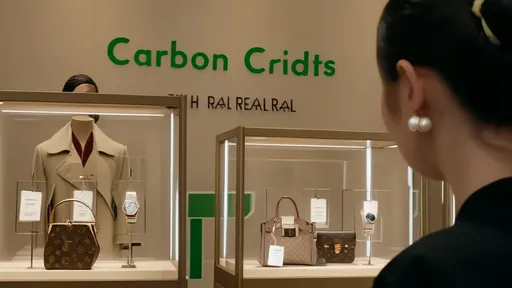
By /Jul 24, 2025

By /Jul 24, 2025

By /Jul 24, 2025

By /Jul 24, 2025
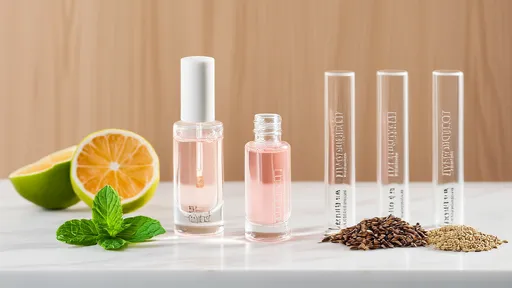
By /Jul 24, 2025
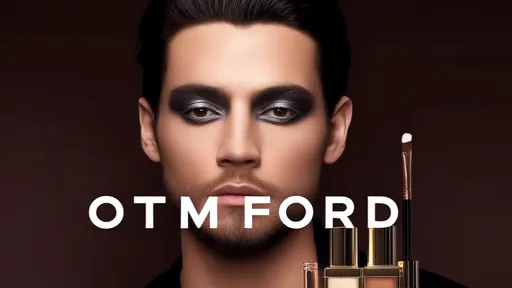
By /Jul 24, 2025
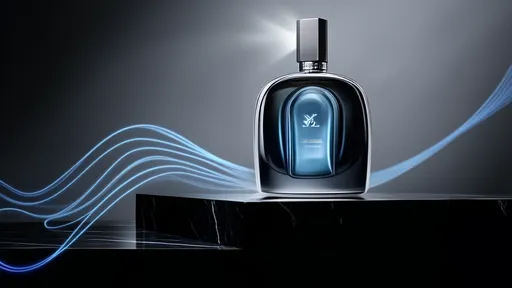
By /Jul 24, 2025